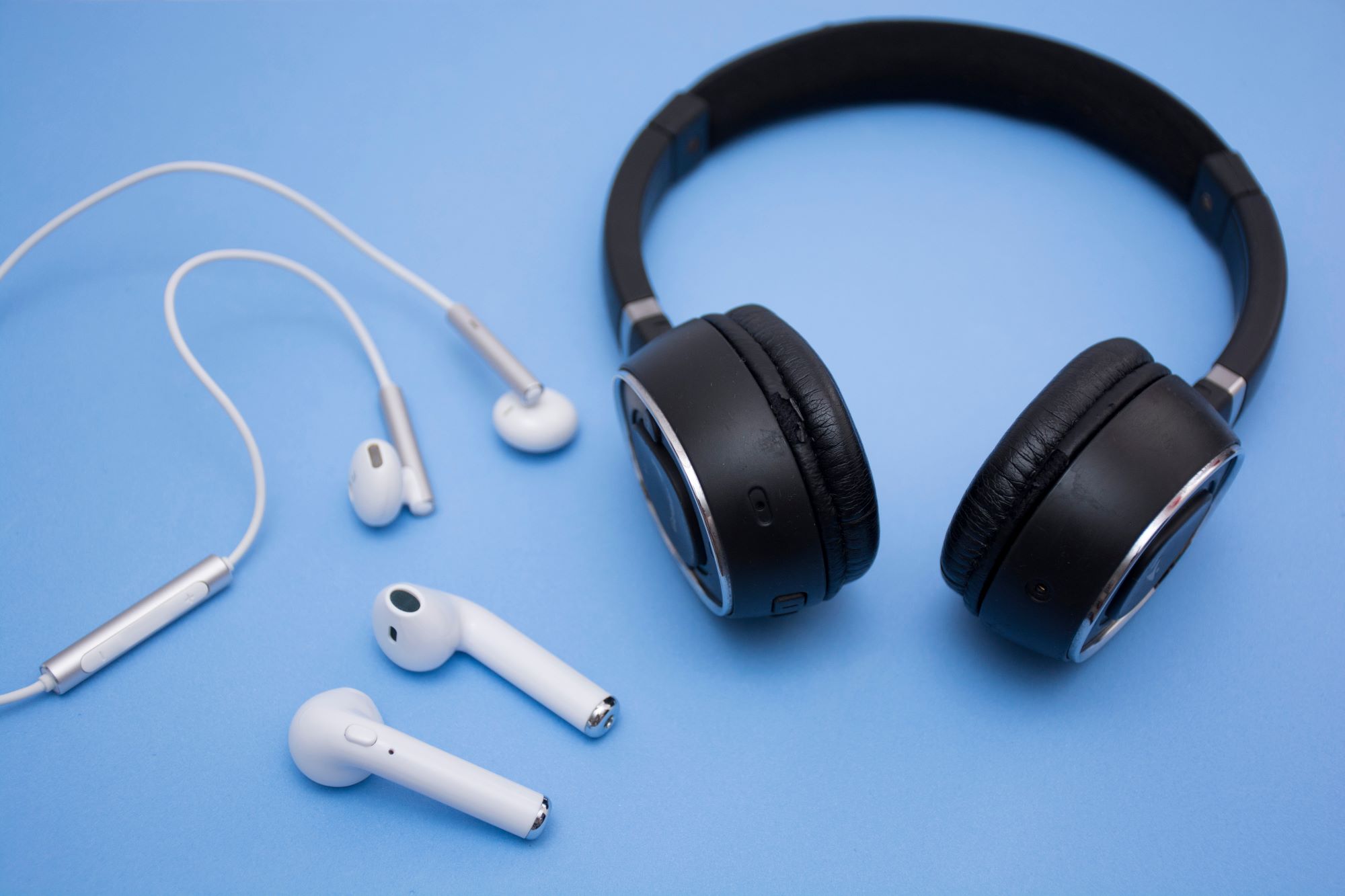Many young children could be permanently damaging their hearing by blasting music into their still-developing auditory system. According to the University of Michigan Health C.S. Mott Children’s Hospital National Poll on Children’s Health, 2 in 3 parents report that their children between the ages of 5 to 12 years old have personal audio devices, and half of parents with children between the ages of 5 to 8 years old report their elementary-age children use a device. Among those whose children use audio devices half of the children spend at least an hour using them, and 1 in 6 say that their children typically spend at least two hours using the devices. Children 9 to 12 years old were more likely to use a device than children aged 5 to 8 years old, and the older group was more likely to use their device daily compared to the younger group.
Children are most likely to use these devices at home, at school, or in a car. A fourth of the parents also report that their children will also use them on airplanes, and less than 10% say they are used on the bus, outside, or in bed. While half of the parents agree that the personal audio/listening device helps to keep their child entertained, only half try to limit usage, citing strategies such as asking the child to take a break, setting hours for use, and using a timer. Parents of children who use their devices for more than 2 hours a day were also less likely to set time or volume limits compared to parents of children with less device use.
“Over recent years we’ve mostly been concerned about teens overusing audio devices. But earbuds have become increasingly popular and prevalent among younger kids, exposing them to more intense noise on a regular basis,” said Susan Woolford, M.D., M.P.H., Mott pediatrician and co-director of the Mott poll. “Noise exposure risks to young children have historically involved loud singular events like concerts or fireworks, but parents may underestimate the potential harm from excessive use of listening devices. It may be difficult to know whether their child’s exposure to noise is healthy.”
In 2023 the American Academy of Pediatrics released a statement recommending the reduction of noise risks to children, with increasing evidence that children and teens may be more exposed through personal audio/listening devices. The prolonged or extreme exposure to high volumes of noise can result in long-term health issues such as hearing loss or tinnitus. The noise exposure can also affect their sleep, language, stress levels, blood pressure, and academic learning.
“Young children are more vulnerable to potential harm from noise exposure because their auditory systems are still developing. Their ear canals are also smaller than adults, intensifying perceived sound levels,” Woolford said. “Tiny hair cells inside the inner ear pick up sound waves to help you hear. When these get damaged or die, hearing loss is irreversible.”
The researchers offer tips to help reduce noise exposure to children from personal audio devices to help protect their hearing: monitor volume levels, set a time limit for use, invest in noise-canceling or volume-limiting headphones, ensure they take breaks from the devices, consider setting device-free time, make sure the device does not go louder than 70 dBA, encourage listening to music on a regular speaker instead of the audio device, and be mindful of early signs of hearing loss. They recommend using the 60/60 rule, which limits use to no more than 60 minutes a day at no more than 60% of the maximum volume.
“A good way to tell if an audio device is too loud is if a child wearing headphones can’t hear you when you’re an arm’s length away,” Woolford said. “Noise-cancelling devices may help prevent children from increasing the volume to levels that are too high,” she said. “But these devices shouldn’t be used when a child is engaged in activities where it’s important to hear their surroundings for their safety, such as walking or bike riding.”
“Early signs of hearing loss may include asking for repetition, hearing ringing noises often, speaking loudly to people nearby, delayed speech, or lack of reaction to loud noises,” Woolford said “Healthcare providers may be of assistance to parents by offering a simple explanation about hearing loss to help the child understand the reasons for limiting their use of audio devices.”
As with anything you read on the internet, this article should not be construed as medical advice; please talk to your doctor or primary care provider before changing your wellness routine. This article is not intended to provide a medical diagnosis, recommendation, treatment, or endorsement. These statements have not been evaluated by the Food and Drug Administration.
Content may be edited for style and length.
References/Sources/Materials provided by:
https://mottpoll.org/reports/can-they-hear-you-now-noise-and-headphone-use-children




